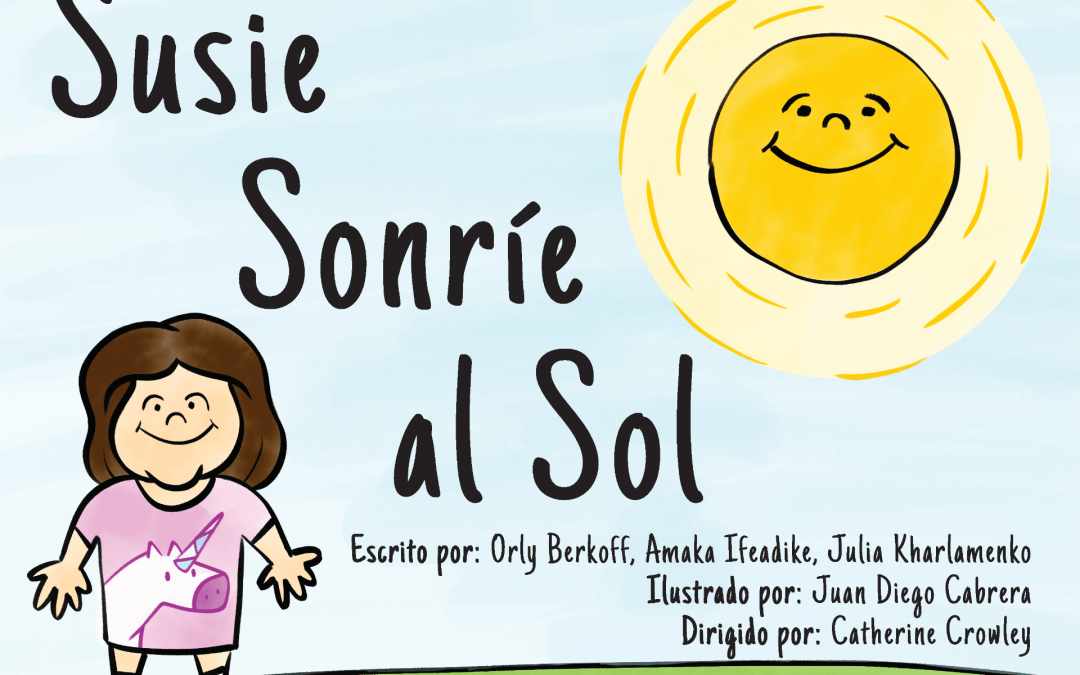


Libro para practicar la S – Susie Sonríe al Sol
This is part of the series of cleft palate books. The book targets S in Spanish./Este libro forma parte de la serie de libros para el paladar hendido. Se enfoque en la S en español. Download/Descarga: Susie Sonríe al Sol “Susie Sonríe al Sol” is part of a series of...
SLAM BOOM! Video on Access & Use
Leaders Project has recently adapted the School-age Language Assessment Measures (SLAM) cards for the boomlearning.com platform to make SLAM BOOM! Cards! SLAM Guidelines for Analysis have been created to aid with your note-taking and evaluation during a language...Évaluation Diagnostique et Entretien avec les Parents
Ce document présente les questions les plus importantes a poser aux parents d’enfants ayant une fente palatine lors d’un entretien./ This document gives the most important questions to ask parents of children with a cleft palate during an interview.
Évaluation de la parole et de la stimulabilité
Ce document est utilisé par les thérapeutes pour évaluer la parole et déterminer la présence d’erreurs communes associées à une fente palatine/ This document is used by therapists to screen individuals to determine the presences of common speech errors associated with cleft palate.
Hiérarchie Orthophonique de la Fente Palatine
Ce document décrit la hiérarchie de l’orthophonie pour un enfant après une intervention chirurgicale pour réparer sa fente palatine.
This document describes the appropriate hierarchy of speech therapy for a child after they have received surgery to repair their cleft palate.

Ndebele Cleft Palate Screener
Comprehensive Ndebele cleft palate screener
(Henderson, Restrepo, & Aiken, 2018) Dynamic Assessment of Narratives Among Navajo Preschoolers
This study investigates the use of narrative dynamic assessment in decreasing overidentification of students from American Indian communities as language impaired.
(Betz, Eickhoff, & Sullivan, 2013) Factors Influencing the Selection of Standardized Tests for the Diagnosis of Specific Language Impairment
This study investigated how and why SLPs choose standardized assessments in their practice.

![[feed link]](/wp-content/plugins/rss-just-better/rss-cube.gif)